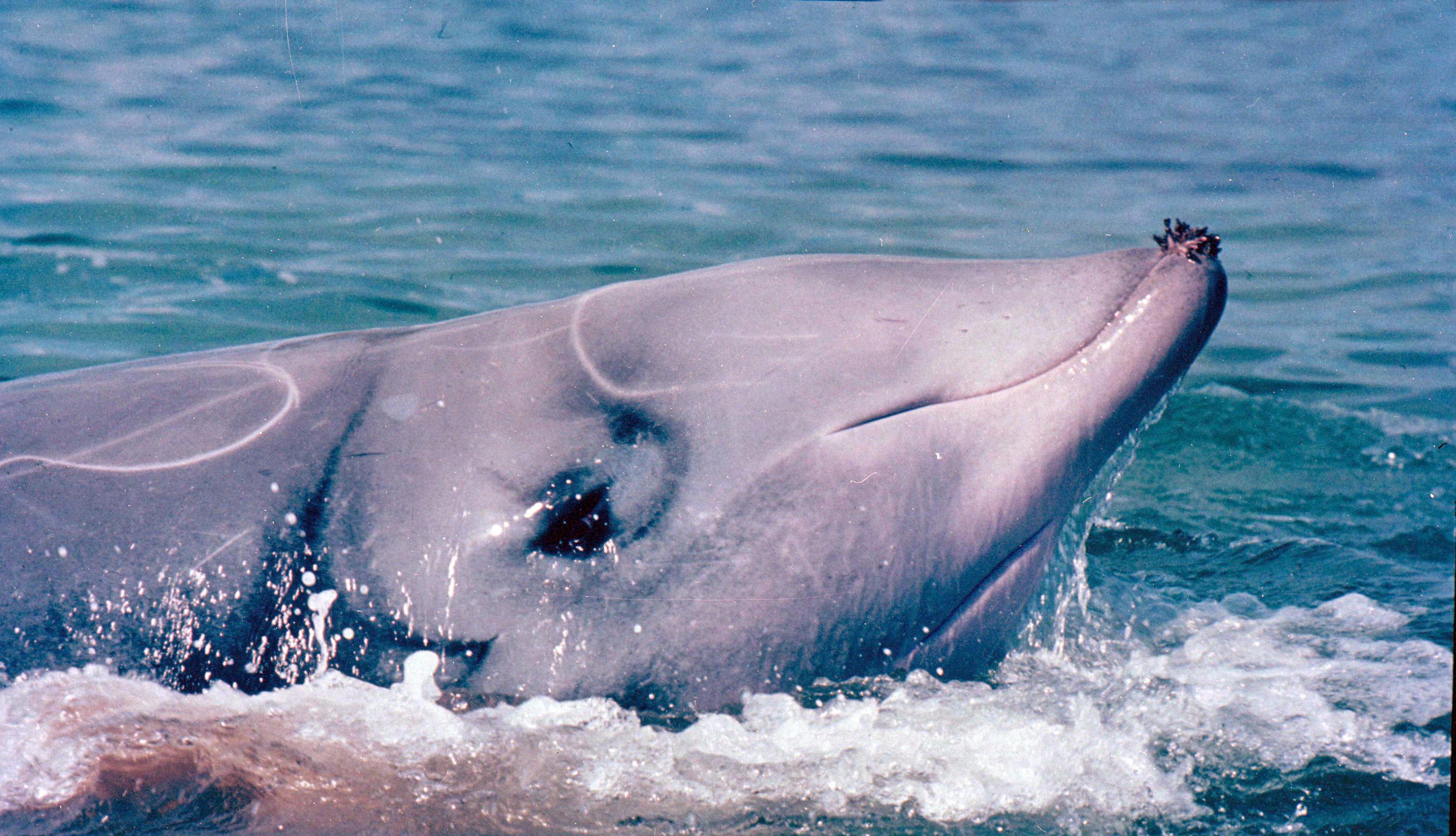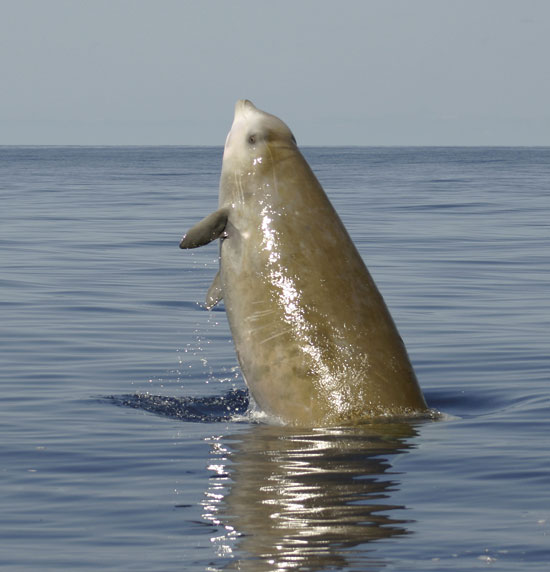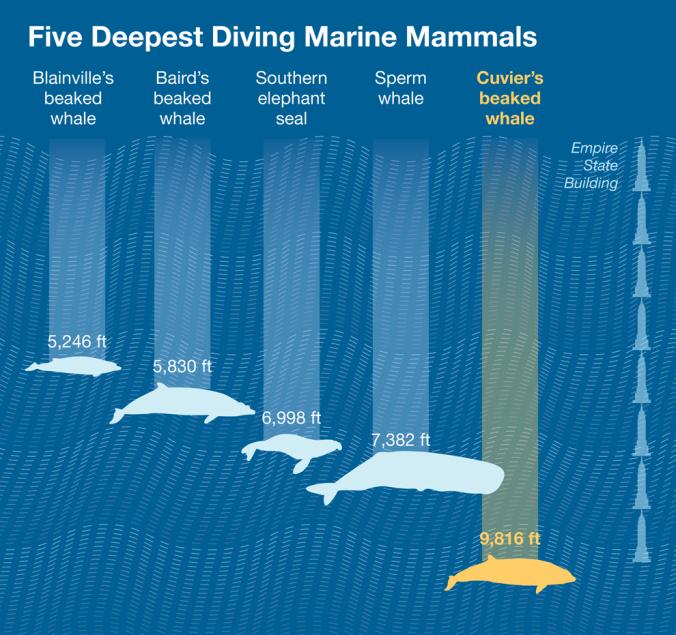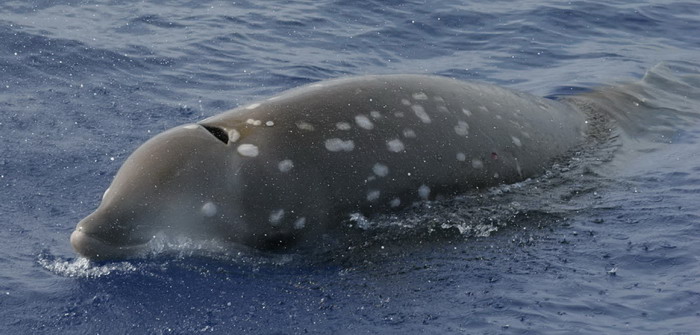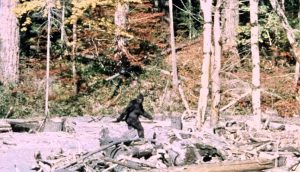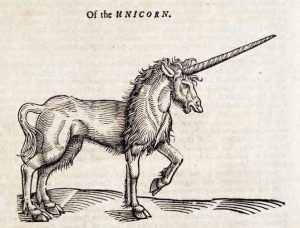Cuvier’s Beaked Whale: The World’s Longest And Deepest Diver
Whales are one of the most popular genres of animals around. In general it’s the big boys of the whale gang, like the blue whales and sperm whales, that take the limelight. But today I thought it might be nice to give someone else a turn. Today’s marine mammal is one of the most commonly observed beaked whales, but one of the least discussed – Cuvier’s beaked whale. He’s not as strange to look at as the rare river dolphins of the world, but he’s still slightly odd, but don’t tell him I said that.
Cuvier’s beaked whale avoids ships and is a regular visitor to waters 1000 metres below the surface, making him pretty poorly understood, he’s also the only member of the genus Ziphius.
The whale was first described from an incomplete skull by the French anatomist Georges Cuvier, in his treatise Sur les Ossemens fossiles (1823). Cuvier named the whale Ziphius cavirostris, the specific name being derived from the Latin cavus for “hollow” or “concave”, in reference to the deep hollow that Cuvier’s beaked whales have in their skull. Initially he believed it to be an extinct species.
Cuvier’s beaked whales mostly snack on squid and other smaller creatures, and they seem to enjoy hunting in the depths. One was clocked at 2,992 metres down (not far off 2 miles). This athlete managed to stay under for an incredible 2 hours 17 minutes. This represents the longest measured time submerged and the deepest dive by any mammal.
Part of the way in which these mammals stay down for so long are their collapsible lungs which help minimise air pockets and thus decrease buoyancy. It’s still a mystery as to how deep diving mammals manage to avoid the damage to their nervous systems (high-pressure nervous syndrome) that any land lubbing mammal would suffer at such depths.
It’s a pleasure to write about an animal that doesn’t appear to be endangered too. There are thought to be around 100,000 individuals in the wild and their range is huge. Cuvier’s beaked whales have been spotted from the Shetlands to the Mediterranean, from South Africa to New Zealand. Despite their relatively high numbers, scientists still don’t know too much about these whales. There’s obviously some pretty major logistical difficulties in following something a couple of miles deep.
No one yet knows how they choose to fill their days.
MORE BEASTS OF THE DEEP:

